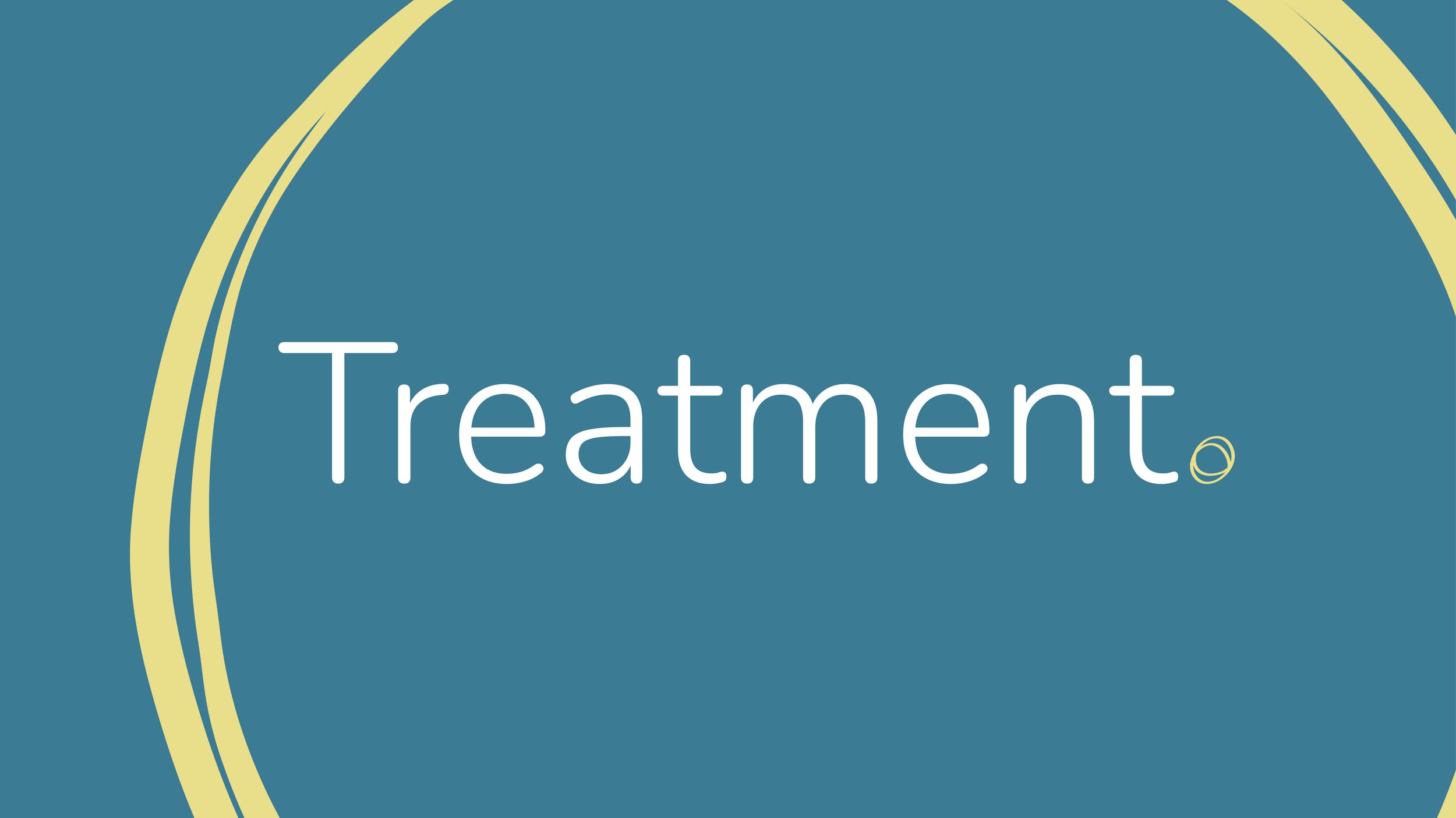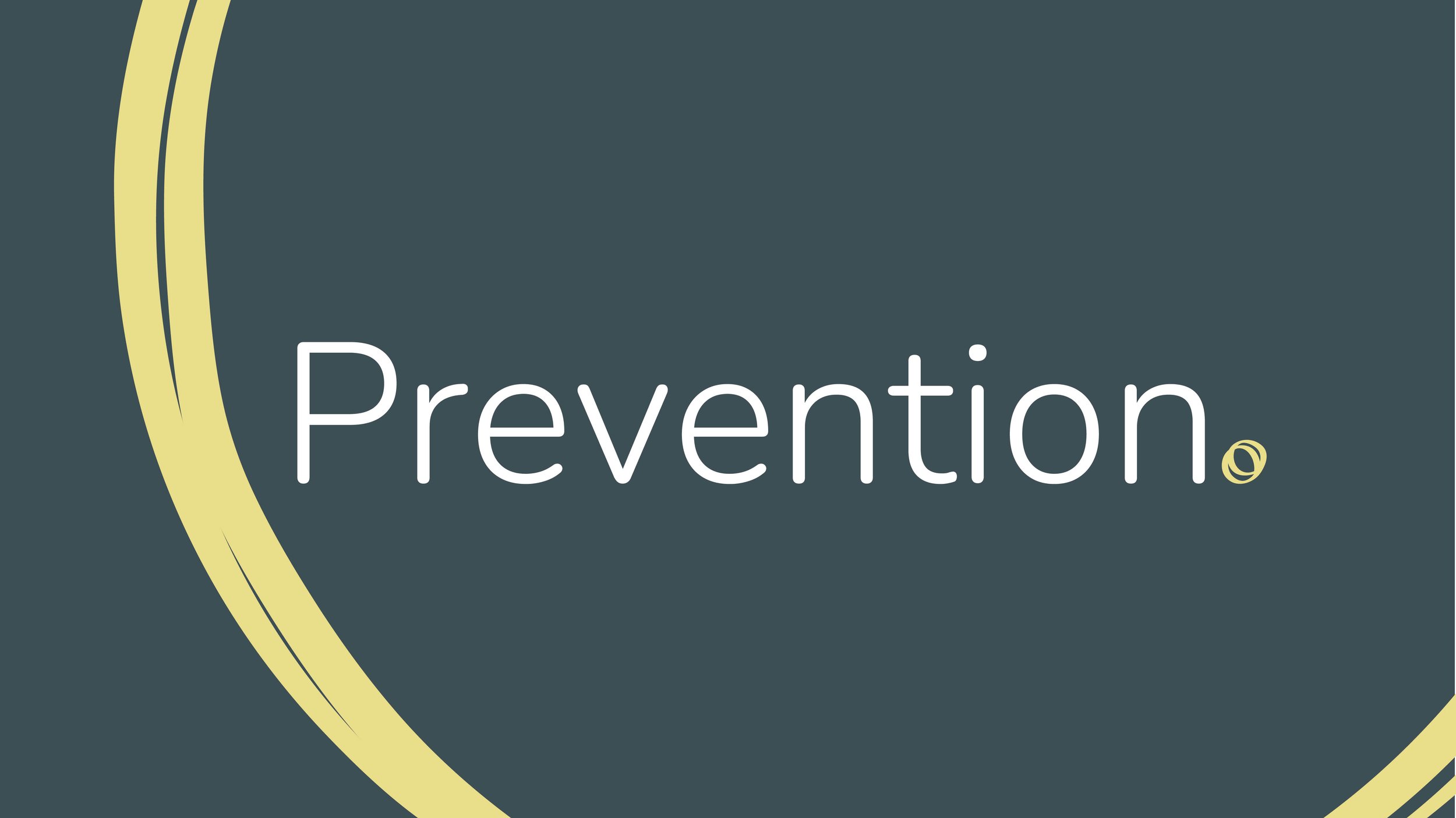
Diagnosing Birth Trauma
After birth, women come into contact with a number of health professionals: community midwives, health visitors and GPs (usually at the six-week check). They may also come into contact with physiotherapists if they have a birth injury such as an obstetric tear.
It’s vitally important for all health professionals who come into contact with a woman during the postnatal period to ask her about her birth experience and about her mental wellbeing. While most health professionals already watch out for signs of depression, not everyone is aware of the possibility of trauma symptoms.
So how likely is it that a woman might be experiencing trauma symptoms as a result of giving birth?
The most recent review of research suggests that 4.7% of women who give birth go on to develop post-traumatic stress disorder (PTSD). That’s equivalent to about 30,000 women a year in the UK. About 12.3% have some post-traumatic stress symptoms (PTSS) in the period following birth – about 120,000.
The same study also found that about 1% of partners who witness a birth develop PTSD – roughly 6,000 a year. (Being exposed to someone else’s trauma is a common cause of PTSD: one research study showed that a third of midwives who had experienced traumatic perinatal events have PTSD symptoms.)
The phrase “birth trauma”, which is not an official diagnostic category, is a loose term that refers to any psychological symptoms experienced as the result of traumatic birth, whether they meet diagnostic criteria for PTSD or not.
Although both postnatal PTSD and birth trauma are relatively common, they are underdiagnosed. Many women – and even some health professionals – are still unaware that it’s possible to develop PTSD as the result of a traumatic birth.
So when a new mother tells her health visitor or GP that she’s been feeling anxious or jumpy or replaying the birth in her head, it’s easy to reach for a diagnosis of postnatal depression (PND). Treatment pathways for depression and PTSD are very different, however, so it is important to ask about women’s symptoms in detail.
PTSD symptoms fall into four categories:
Re-experiencing the trauma (having flashbacks to the trauma, or nightmares)
Avoidance (avoiding any reminder of the trauma, such as other women with babies, programmes about birth, or contact with health professionals)
Negative cognitions and mood (such as feeling guilty, or being unable to remember parts of the trauma)
Arousal (being constantly on high alert, with a feeling that something bad is going to happen)
The most useful tool for diagnosing postnatal PTSD is the City Birth Trauma Scale. There is a version for fathers and birth partners as well as for mothers.
As a health professional, you’re much less likely to come into contact with a woman’s partner after giving birth, but if she’s had a traumatic birth, it’s worth asking how her partner is coping and suggest that they seek help too if they are finding it difficult.
You can find out more information about the causes and diagnosis of PTSD in the NICE guideline.
Birth injuries
Many women who experience birth trauma also have physical injuries as a result of the birth, most commonly third- or fourth-degree tears, also known as obstetric anal sphincter injuries (OASIS) that haven’t healed. An estimated 6% of first-time mothers who give birth vaginally experience third- or fourth-degree tears, though some doctors believe the figure is higher.
As a result of pioneering work by Dr Hans Peter Dietz in Australia, it has also become increasingly clear that some women have levator ani muscle avulsion injury after birth, usually as the result of a forceps delivery.
Birth injuries are under-diagnosed, and many women suffer for years as a consequence. Untreated third- and fourth-degree tears can lead to severe pain, incontinence (both urinary and faecal) and prolapse. The pain may affect a woman’s sexual relationship, and incontinence can impact her ability to go to work, exercise or take part in social engagements. The psychological impact is often profound.
Yet birth injuries are both diagnosable and treatable, often with physiotherapy. We would like to see women offered an assessment for birth injuries in the immediate postnatal period and again at the six-week check, and to be referred appropriately. We would also like to see better training for health professionals to recognise and be aware of birth injuries.
The charity MASIC has more information about the causes and impact of obstetric anal sphincter injuries.
Training videos
As part of our educational work with health professionals we created a video training course on birth trauma and trauma informed care. Here’s the trailer – view the full videos and download training materials on our training page, and find out more about prevention and diagnosis across our site.
Birth Stories



